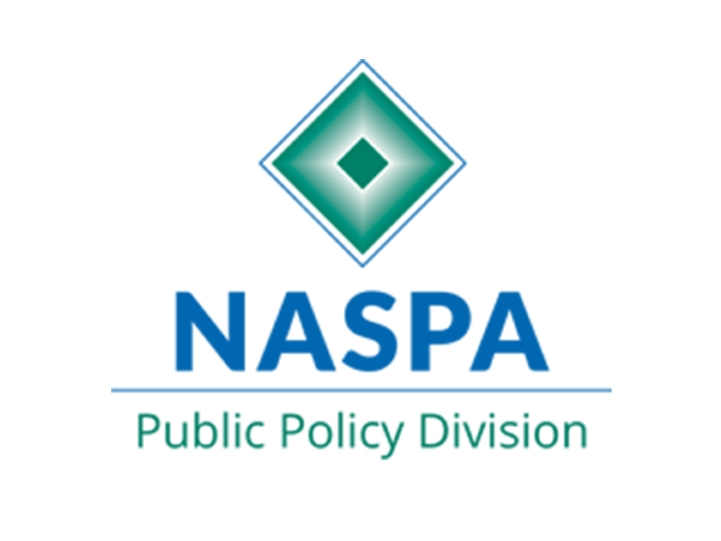
What you need to know about Public Service Loan Forgiveness (PSLF)
December 1, 2021
It’s happening. For real this time. Over 30,000 public servants (including some of us in student affairs), just had their federal student loan debt forgiven through the Public Service Loan Forgiveness (PSLF) program. It’s easier to abbreviate in writing, but when I say it out loud, I have to remember it as pumpkin-spiced-latte forgiveness – which is ultimately seasonally appropriate I suppose. Established under President Bush (43) in 2007, the first wave of public servants were supposed to see relief under both President Obama and President Trump. Under the original rules, public servants making 120 on-time payments under specific loan repayment plans were supposed to be eligible to have their federal student loan debt canceled. Ultimately, only 1% of applicants had been successful in receiving such forgiveness up until a few weeks ago. Under Secretary of Education Miguel Cardona, the United States Department of Education has committed to making substantive changes to PSLF that provide clearer rules for borrowers and a pathway to actual federal loan forgiveness. Please note this does not apply to privately held loans.
I had the pleasure of speaking with Jonathan Fansmith, Assistant Vice President, Government Relations, from the American Council on Education (ACE) on these changes. You can listen to the dialogue on NASPA’s podcast, SA Voices from the Field, in season 5, episode 8. For this blogpost, here’s a few highlights that will hopefully help you or someone you know on the way to having your federal student loan debt forgiven. Friendly reminder that I am not an attorney nor an accountant, so these are practice recommendations only and I encourage you to consult the United States Department of Education’s financial aid website and your own financial advisors prior to taking action.
-
October 31, 2022 will be the last day to file your paperwork to have old payments counted and former employers certify that you were a public servant while you were making past qualifying payments.
-
If you have been previously denied forgiveness, the Department has stated they will reevaluate your application – it does not hurt to check in to ask if this is happening to your personal account.
-
If you were in a previously ineligible payment plan, you may be able to have back-dated payments counted.
-
The 120 payments no longer need to be consecutive. If you finished a degree, made on-time payments for less than 10 years, and then went back for more education later, you may have additional eligible payments made between your two educational experiences that were not previously counted.
-
When loans are forgiven under PSLF, the value of your forgiveness package has been reported as tax-exempt, meaning you’ll likely avoid the dreaded tax bomb.
-
Even if you’re in process to receive forgiveness, you should keep paying on your loans until the process has been officially completed.
Ultimately the U.S. Department of Education plans to create clarity for future PSLF seekers through a negotiated rulemaking process. More on that in 2022 and beyond. In the interim, I wish you all the best in seeking PSLF for yourself or someone in your family. May the eventual cessation of your monthly student loan payment bring you financial relief, freedom, and power.